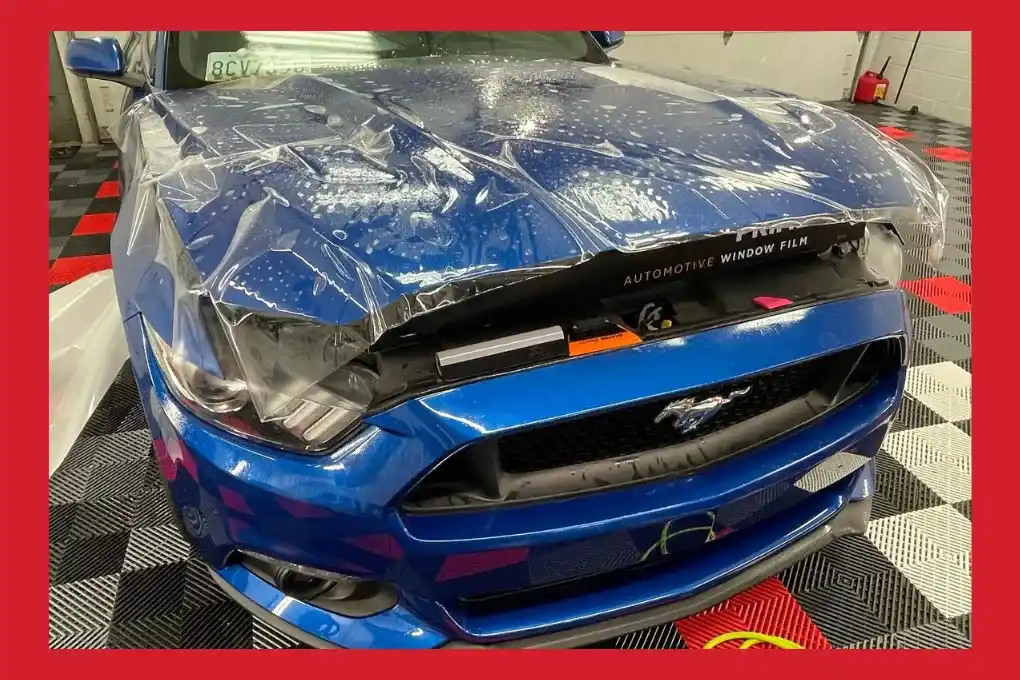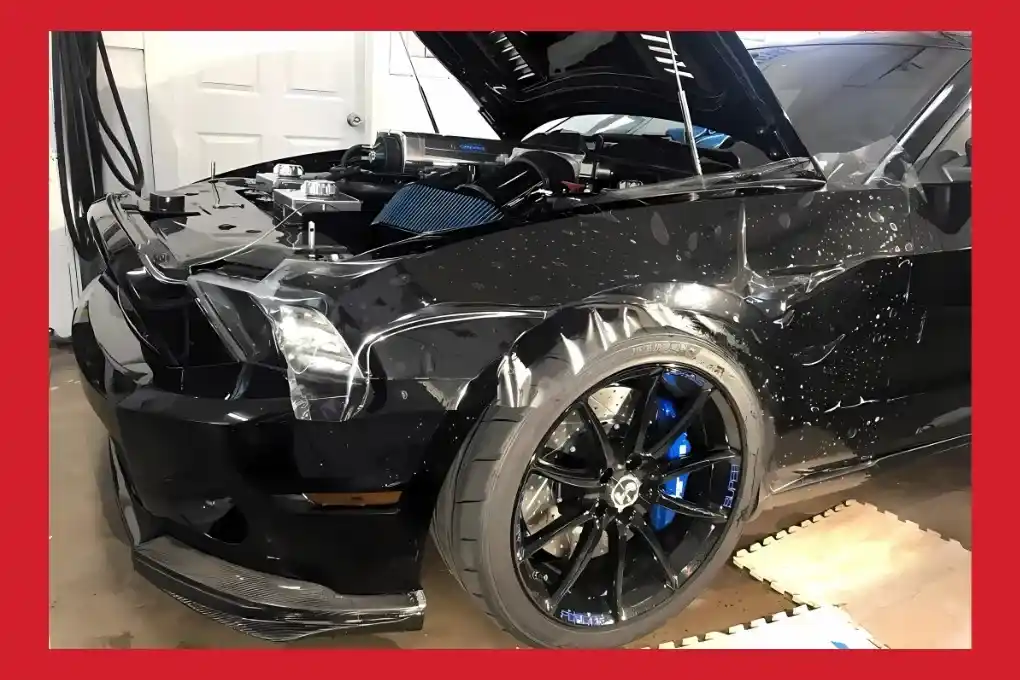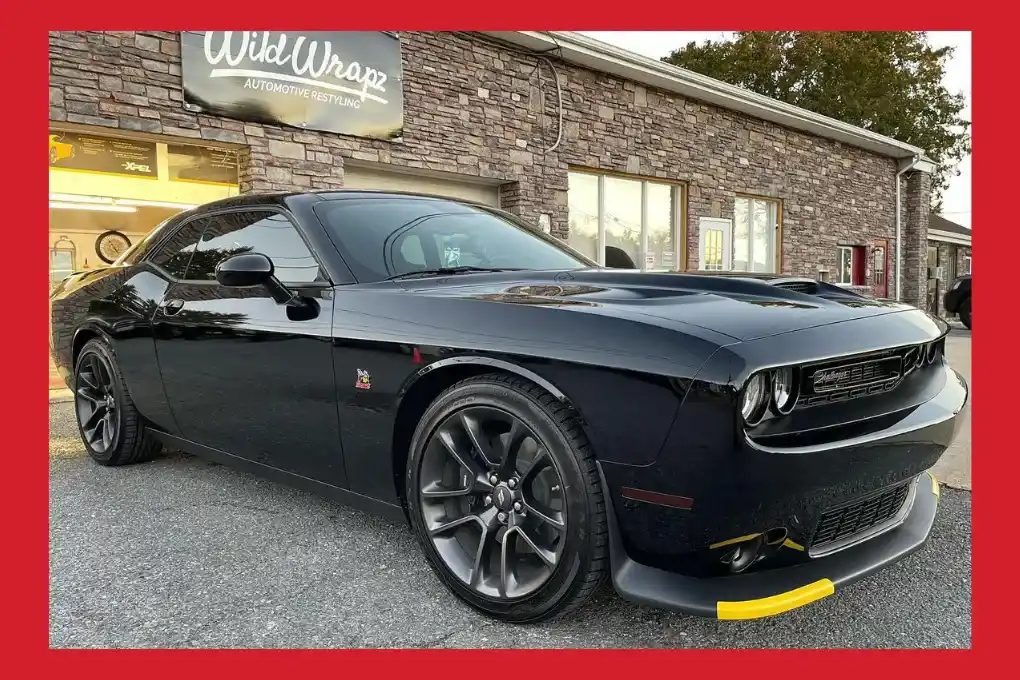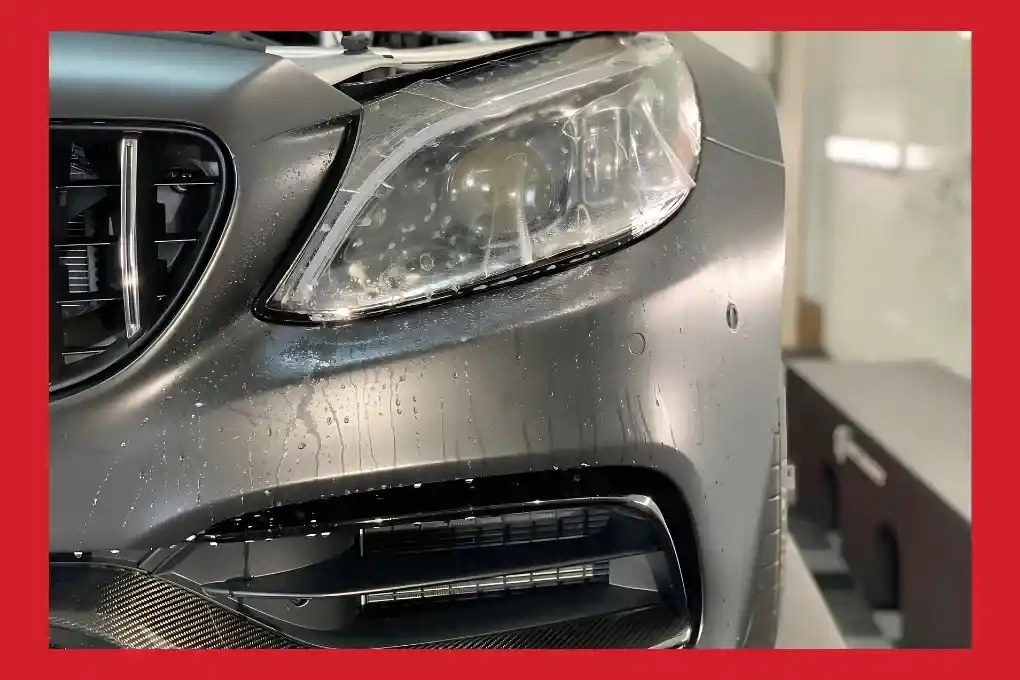Paint Protection Film Maintenance, Owning a vehicle is a significant investment, and ensuring that it remains in perfect condition is crucial. One of the best ways to protect your vehicle’s exterior is by applying Paint Protection Film. This transparent layer acts as a shield against scratches, dirt, and environmental contaminants, preserving your car’s finish. However, to maximize the benefits of PPF, proper maintenance is essential. In this blog post, we’ll cover key maintenance tips to help you keep your paint protection film looking new and functioning effectively for years to come.
1. Understanding Paint Protection Film:
Before diving into maintenance tips, it’s essential to understand what Paint Protection Film is and how it works. PPF is a thermoplastic urethane film applied to a vehicle’s exterior surfaces, providing a barrier against physical and environmental damage. It is designed to be durable, self-healing, and UV-resistant. Understanding the material and its properties can help you care for it better.
Benefits of Paint Protection Film:
Scratch Resistance: PPF provides the best protection against minor scratches, abrasions, rock chips and all other environmental hazards.
UV Protection: Shields your vehicle from harmful UV rays that can fade paint.
Self-Healing Properties: Minor scratches can disappear over time with heat exposure.
Easy Maintenance: Makes cleaning easier compared to unprotected surfaces.

2. Regular Washing:
One of the most crucial aspects of maintaining Paint Protection Film is regular washing. Dust, dirt, and contaminants can accumulate over time, leading to potential damage if not cleaned properly.
Use a Gentle Soap: Avoid harsh chemicals that can degrade the film. Opt for pH-balanced car wash soap.
Soft Wash Mitts: Use microfiber wash mitts or soft cloths to prevent film scratching.
Two-Bucket Method: Employ the two-bucket method to reduce dirt transfer. One bucket for soapy water and another for rinsing your mitt so that the solutions don’t get mixed.
Avoid Automatic Car Washes: Brushes in automatic car washes can scratch the PPF. Instead, wash your vehicle by hand.
Recommended Washing Frequency: Aim to wash your vehicle every two weeks, or more frequently if you frequently drive in harsh conditions or live in areas with high dust and pollen.

3. Drying Techniques:
After washing, proper drying is essential to prevent water spots and maintain the film’s clarity.
Use a Microfiber Towel: Opt for a soft microfiber towel that absorbs water without scratching the surface.
Blow Drying: For hard-to-reach areas, consider using a leaf blower or compressed air to blow off excess water.
Pat Dry: Instead of wiping, pat dry to avoid any potential scratching.
4. Avoiding Harsh Chemicals:
Paint Protection Film is durable but not indestructible. Using harsh chemicals can compromise the longevity and effectiveness of paint protection film.
Avoid Solvents: Stay away from alcohol-based or solvent-based cleaners that can damage the film.
No Wax or Sealants: PPF doesn’t require waxing. Using wax or sealants can make the surface slippery and difficult to clean.
Use Approved Products: Always choose products specifically designed for PPF maintenance to ensure compatibility.
5. Inspecting for Damage:
Regular inspections can help you detact any potential issues before they can damage the car’s paint.
Visual Check: Routinely checking the film for any signs of discoloration, bubbling, or lifting edges can prevent any damage to the car and also increase the longevity of the film.
Edge Sealing: Ensure the edges of the film are securely adhered to the vehicle. If you notice any lifting, consult a professional for re-sealing.
Self-Healing: Take advantage of the self-healing properties by exposing minor scratches to heat from the sun or a heat gun (at a safe distance).

6. Addressing Stains and Contaminants:
Certain substances can stain or damage PPF if not addressed promptly.
Bug and Tar Remover: Use a safe bug and tar remover for those stubborn residues. Apply it gently with a microfiber towel so that the paint does not get scratched.
Bird Droppings: Clean bird droppings immediately, as their acidity can damage the film.
Tree Sap and Paint Overspray: These can be more challenging to remove; consider using specialized cleaning products designed for PPF.
7. Protection from Environmental Factors:
Environmental factors like excessive sun exposure, harsh weather can also affect the longevity of PPF.
Park in the Shade: Whenever possible, park your vehicle in a shaded area to minimize UV exposure.
Use a Car Cover: If you park outside for extended periods, consider using a breathable car cover to protect against environmental contaminants. More Collection on Facebook.
Avoid Overexposure: Minimize exposure to harsh weather conditions, such as hail or severe storms.
8. Professional Maintenance:
While DIY care is essential, seeking professional maintenance can enhance the longevity of your Paint Protection Film.
Annual Inspections: Have a professional inspect your PPF annually to identify any potential issues.
Professional Cleaning: Schedule a professional cleaning service that specializes in PPF to remove any embedded contaminants or stubborn stains.
Reapplication: If the film shows signs of wear or damage, consider professional reapplication to maintain optimal protection.

Conclusion: Paint Protection Film Maintenance Tips
Paint Protection Film is an excellent investment for maintaining your vehicle’s appearance and value. By following these maintenance tips, you can ensure that your PPF remains in top condition, providing long-lasting protection against scratches, UV damage, and environmental contaminants. Remember that regular washing, gentle care, and professional maintenance are key to maximizing the benefits of your Paint Protection Film. Paint Protection Film PPF vs. Clear Bra: What’s the Difference?
FAQs
Q1: How long does Paint Protection Film last?
The lifespan of PPF varies based on several factors, including the quality of the film, environmental conditions, and maintenance practices. Generally, high-quality PPF can last between 5 to 10 years.
Q2: Can I wax my vehicle after installing PPF?
It is not recommended to wax PPF, as wax can create a slippery surface that makes cleaning difficult and may affect the film’s self-healing properties. Instead, use products specifically designed for PPF.
Q3: Will PPF be yellow over time?
High-quality PPF is designed to be UV resistant and should not yellowed over time. However, poor-quality films may discolor. Choosing a reputable brand can address this issue.
Q4: How can I remove stubborn stains from PPF?
For stubborn stains, use a PPF-safe cleaner and a soft microfiber cloth. Avoid abrasive materials that could scratch the film.
Q5: Can I apply PPF myself?
While DIY kits are available, professional installation is recommended for optimal results. Proper installation requires experience to avoid air bubbles and ensure the film adheres correctly.
Q6: What should I do if my PPF gets damaged?
If you notice damage, consult a professional to assess the situation. Minor scratches may self-heal, but more significant issues may require patching or replacement of the affected area.
